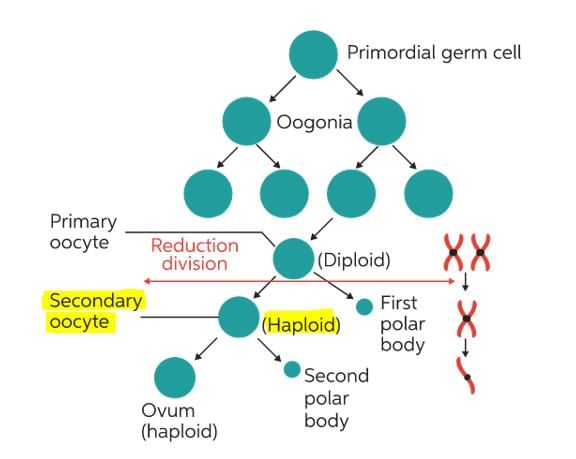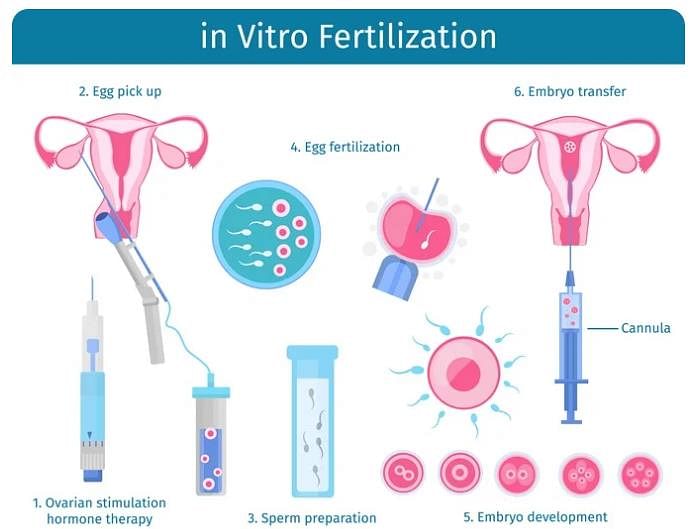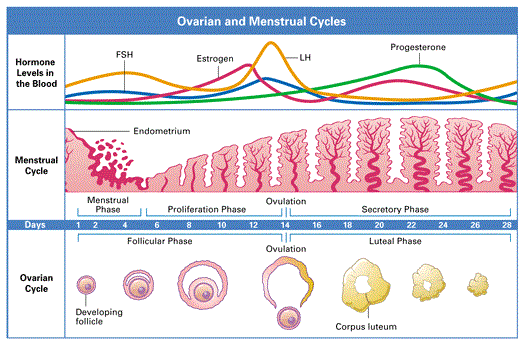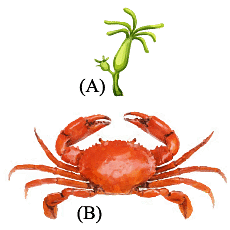Biology: Topic-wise Test- 9 - NEET MCQ
30 Questions MCQ Test NEET Mock Test Series 2025 - Biology: Topic-wise Test- 9
What is not the correct step in preventing transmission of STD?
Out of 38 ATP molecules produced per molecule of glucose, 32 ATP molecules are formed from NADH/FADH2 in the
| 1 Crore+ students have signed up on EduRev. Have you? Download the App |
Medical Termination of Pregnancy (MTP) is considered safe up to how many weeks of pregnancy?
In IVF technique, fusion of ovum and sperm takes place in _________.
What is true about Nereis, scorpion, cockroach and sliver fish?
The overall goal of glycolysis, Krebs cycle and electron transport system is the formation of
Read the given statements and select the correct option.
Statement 1: All triploblastic animals are eucoelomates.
Statement 2: They have a false coelom.
In which of the following do the two names refer to one and the same thing?
Which of the following is not correct about the Krebs cycle?
Which one of the following is a matching pair of a drug and its category?
Which period of menstrual cycle is called the risky period of conception?
Diploblastic and triplo blastic are terms that describe
The drug which binds to specific opioid receptors present in our central nervous system and gastrointestinal tract is:
Study carefully the given flow chart and fill in the blanks (A), (B), (C), (D) and (E).

Which of the following are correct?
(i)Diploblastic:Poriferans, Coelenterates
(ii)Triploblastic:Platyheliminthes to Chorodates
(iii)Acoelomate:Poriferans,Coelenterates,Platyhelminthes
(iv)Pseudocoelomate:Aschelminthes /Roundworms
(v)Eucoelomate:Annelids to Chordates
AIDS is caused by Human immuno deficiency virus (HIV) which is a member of group of virus called?
Assertion: Many visitors to the hills suffer from skin and respiratory allergy problems.
Reason: Conifer trees produce a large quantity of wind-borne pollen grains.
Hemozoin is released into blood during the infection of Plasmodium vivax every _________.
The figures given below show the types of coelom.
Identify them and select the correct group of organisms which possess them.
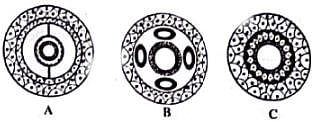
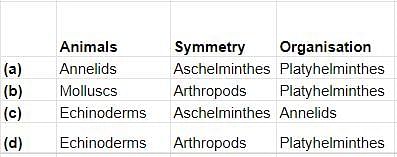
Cancer cells are more damaged by radiations while others are not because cancer cells are:
Inability to conceive or produce children even after two years of unprotected sexual co-habitation is called?
|
1 videos|26 docs|121 tests
|
|
1 videos|26 docs|121 tests
|


